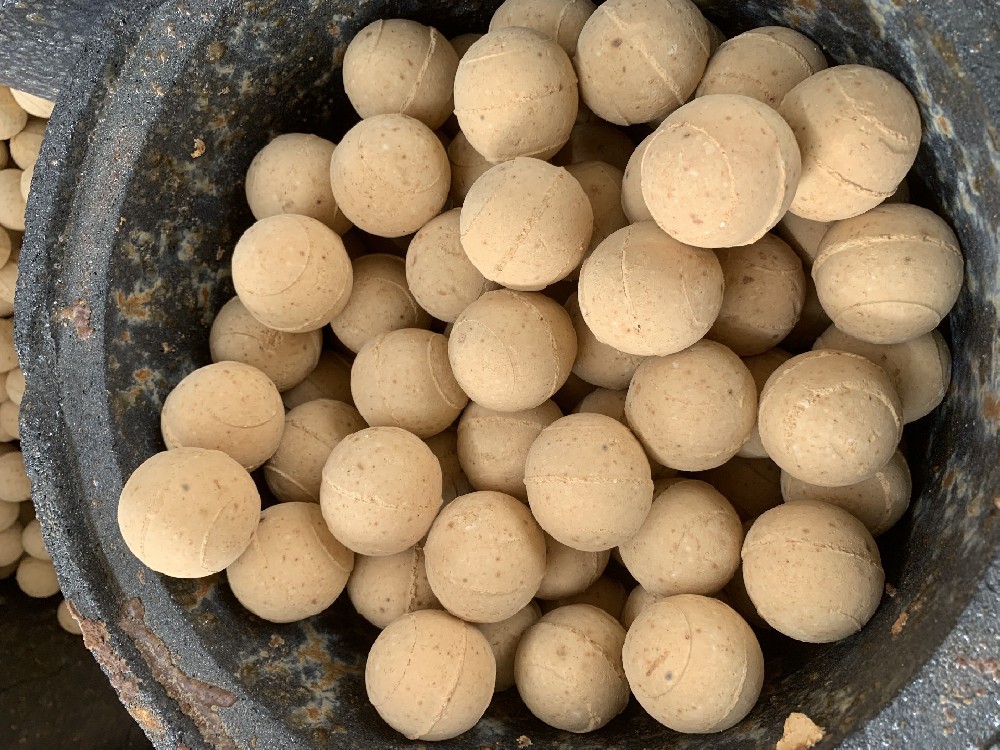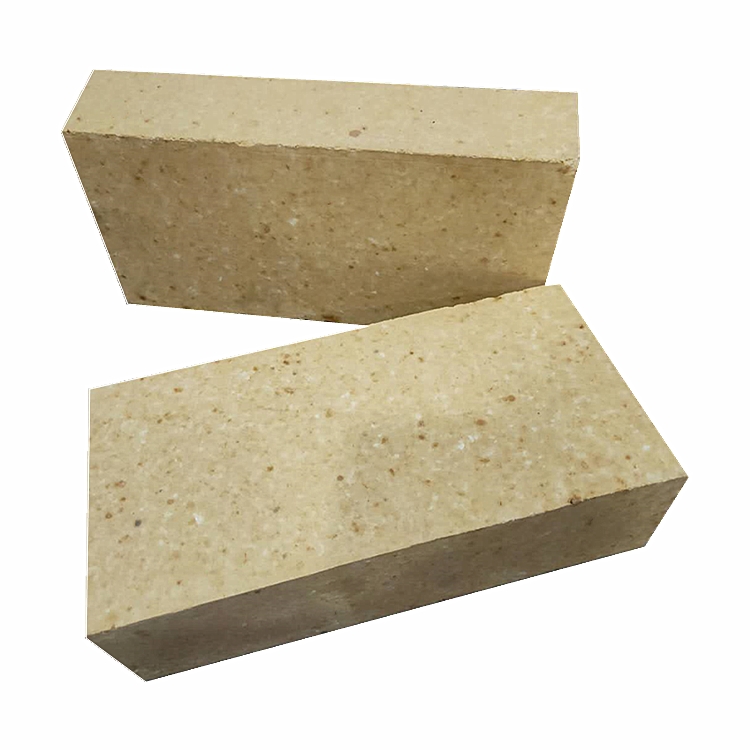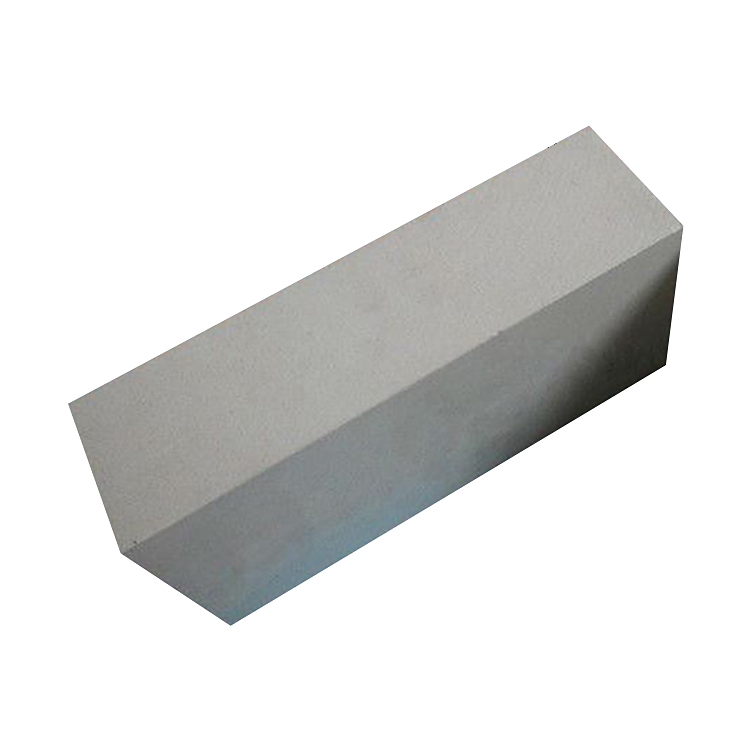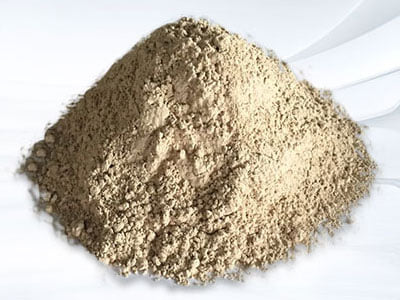What are the characteristics and functions of monolithic refractory materials?
monolithic refractory refer to refractories that are composed of granular materials (aggregates), powdered materials (admixtures), and binders (also known as binders), and are directly used without firing. Also known as bulk refractory or integral refractory. Unshaped refractory materials can be divided into ramming materials (electric furnace bottom), plastics, refractory castables, spray paints, projectiles, etc. according to the construction method and the properties of the materials. The most common ones are gunning material, hot filling material, RH gunning material and various types of refractory mud for ladle gunning.
What are the characteristics and functions of monolithic refractory materials?
The aggregate of the amorphous refractory material plays an important role in the high temperature physical and mechanical properties of the amorphous refractory material, and its particle size has a certain limit. Any raw material that can be used as a refractory product can be used as the aggregate of an unshaped refractory.
The binders of monolithic refractory materials are divided into inorganic binders and organic binders according to the variety and characteristics, as well as the reaction and influence on the refractories after addition; Hard bond, thermosetting bond and vitrified bond.
Air-hardening binder refers to a binder that can gradually harden in the atmosphere and normal temperature, and the strength can reach a higher level. Common water glass belongs to this category.
Thermosetting binder refers to a binder that hardens very slowly at room temperature and has low strength, but can achieve the purpose of hardening faster at higher than normal temperature and lower than sintering temperature, such as aluminum phosphate binder.
The commonly used sintering agent for magnesia and MgO-CaO dry ramming materials is iron oxide. Iron oxide and calcium ferrite have low melting points, and will gradually be absorbed by periclase to form a solid solution, that is, magnesia ((Mg· Fe)O). The impurities of magnesia and magnesia-calcium dry ramming materials are SiO2 and Al2O3 respectively, and the content should be as low as possible, and should not exceed 1%. If the MgO-CaO dry ramming material uses low melting point calcium silicate or magnesium silicate as the sintering agent, then iron oxide becomes a harmful impurity and should be limited.
For MgO-MgO·Al2O3 dry type material, iron oxide or magnesium silicate can be used as sintering agent; while for Al2O3-MgO·Al2O3 dry type material, iron oxide or low melting point calcium aluminate can be used as sintering agent.
-

Thermal storage alumina balls
The Thermal storage alumina ballsis made of industrial alumina and refractory kaolin as the main raw materials through scientific formula, forming and high-temperature calcination.Thermal storage alumina ballss are divid··· -

Anti-stripping high alumina brick
Use description of Anti-stripping high alumina brick1. Anti-stripping high alumina brick has a good application in low temperature parts such as large and medium-sized cement precalciner, kiln smoke chamber, indoor decom··· -

Anti-stripping high alumina bricks
Anti-stripping high alumina bricks are made of high alumina bauxite clinker, mullite, kyanite, zircon sand, and binder after granulating and powdering processes, mixed in a certain proportion, pressed into shape, and fir··· -

silica hot repair refractory
Performance index of silica hot repair refractoryThe material is a kind of plastic unshaped refractory material, its main component is SiO2, it is made of special clinker and various binders and additives, and it is proc···

